Loss control assessments are a critical component of risk management within organizations. They involve a systematic evaluation of potential risks, hazards, and vulnerabilities that could lead to financial losses, injuries, or damage to property or assets. The primary objective of loss control assessments is to identify, assess, and mitigate risks to prevent or minimize adverse events. Here are the key components and steps involved in loss control assessments:
- Scope Definition:
- Clearly define the scope of the assessment. Determine the specific area, process, department, or operation that will be assessed.
- Identification of Hazards and Risks:
- Identify potential hazards and risks associated with the chosen scope. Hazards can be physical (e.g., machinery), chemical (e.g., hazardous materials), ergonomic (e.g., repetitive tasks), or related to organizational factors (e.g., inadequate training).
- Risk Assessment:
- Assess the identified hazards in terms of their likelihood and severity. This can be done through qualitative or quantitative risk assessment methods.
- Data Collection:
- Gather relevant data, such as incident reports, accident records, maintenance logs, and operational procedures. This data provides insights into past incidents and areas of concern.
- Analysis and Evaluation:
- Analyze the collected data to determine trends and patterns related to incidents, accidents, or near misses. Evaluate the effectiveness of existing risk control measures.
- Identification of Control Measures:
- Identify and recommend control measures and strategies to mitigate or eliminate identified risks. These may include engineering controls, administrative controls, and personal protective equipment (PPE).
- Prioritization:
- Prioritize the identified risks based on their severity and potential impact on the organization. Focus on addressing high-priority risks first.
- Action Plan Development:
- Develop a comprehensive action plan that outlines specific steps, responsibilities, timelines, and resources required to implement the recommended control measures.
- Implementation:
- Put the action plan into action, ensuring that control measures are effectively implemented and that employees are trained and informed about safety procedures.
- Monitoring and Review:
- Continuously monitor the effectiveness of the implemented control measures. Regularly review incident and accident data to assess improvements.
- Documentation:
- Maintain detailed records of the loss control assessment, including hazard identification, risk assessments, action plans, and documentation of control measures.
- Communication and Training:
- Communicate the findings and action plans to all relevant stakeholders. Provide training to employees on safety procedures and risk mitigation measures.
- Continuous Improvement:
- Promote a culture of continuous improvement in loss control efforts. Periodically revisit and update assessments to account for changes in processes, technology, or regulations.
Loss control assessments are essential for preventing financial losses, protecting employees, and ensuring the long-term sustainability of an organization. They are a proactive approach to risk management, helping organizations identify potential threats and take steps to minimize their impact.
